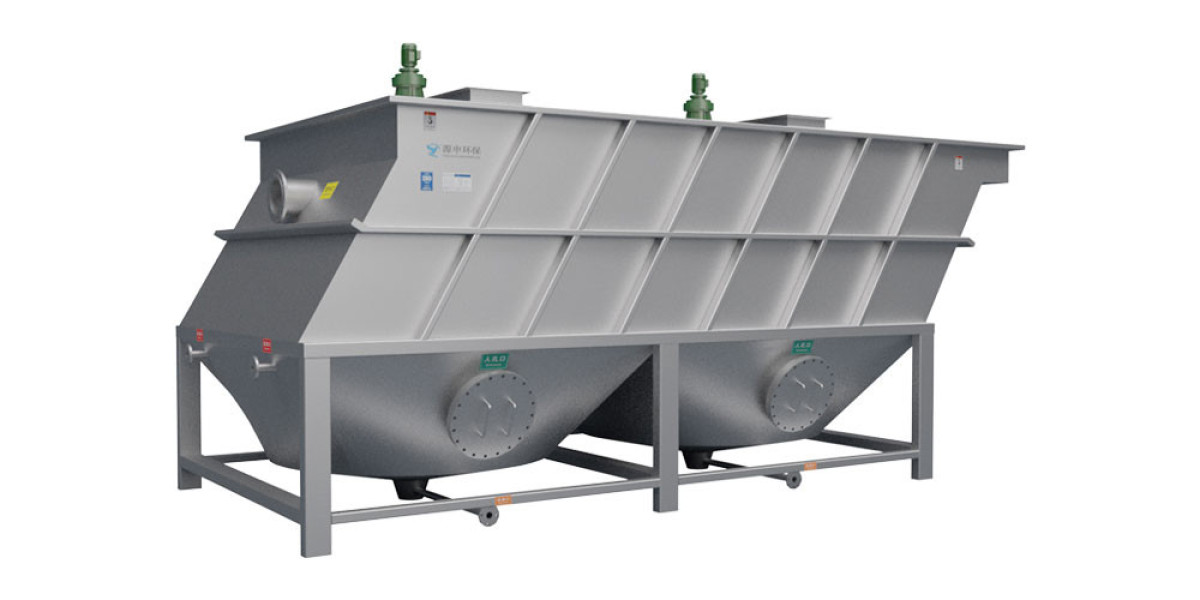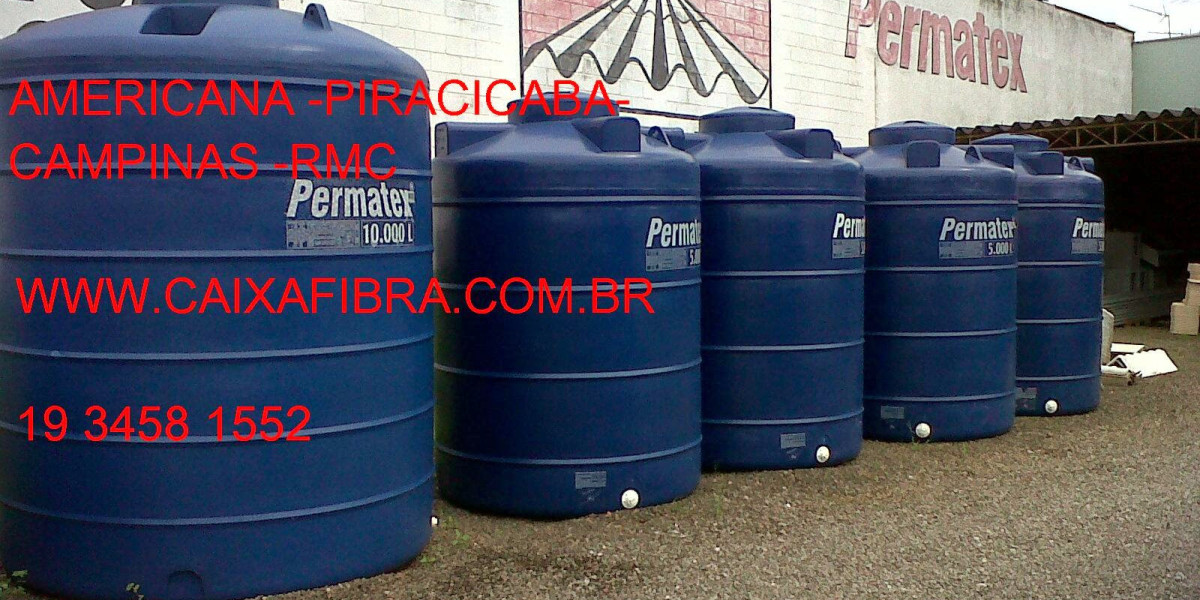In the context of wastewater treatment, biochemical oxygen demand (BOD) is a critical parameter. It measures the amount of oxygen required by microorganisms to break down organic matter in water. Understanding BOD is essential for ensuring effective wastewater treatment, as high BOD values indicate a higher level of pollutants in the water, which can lead to water contamination. In this post, we’ll explore what BOD is, its significance in wastewater treatment, and how it can be managed to improve water quality.
The Role of Biochemical Oxygen Demand (BOD) in Water Quality
Biochemical Oxygen Demand (BOD) is one of the most important indicators of water pollution. It reflects the quantity of organic materials in the water that can be decomposed by microorganisms. In wastewater treatment, BOD measurement helps to assess the impact of wastewater on the surrounding environment. High BOD levels can deplete the oxygen in aquatic ecosystems, leading to the death of aquatic life. Therefore, managing BOD is crucial for maintaining a healthy ecosystem.
How Biochemical Oxygen Demand is Measured
BOD is typically measured in milligrams per liter (mg/L). The process involves determining the amount of oxygen consumed by bacteria to break down organic substances in a sample of wastewater over a specified period, usually five days (BOD5). This measurement is an effective way to quantify the organic load and the potential for oxygen depletion in the water.
The Importance of Managing BOD in Wastewater Treatment
The primary goal of wastewater treatment is to reduce the BOD levels to ensure that the treated water does not cause harm to the environment. Effective management of BOD involves various treatment methods, including:
- Primary Treatment: Involves removing large solids and debris from the wastewater through physical processes like screening and sedimentation.
- Secondary Treatment: This stage uses biological processes to break down organic matter, significantly reducing the BOD.
- Tertiary Treatment: This is a more advanced stage, where additional treatments like chemical coagulation or filtration are used to remove remaining contaminants and reduce BOD further.
Methods to Reduce BOD in Wastewater Treatment
Several methods are employed to reduce BOD during the treatment process:
- Aeration: Adding oxygen to the water allows microorganisms to decompose organic matter more efficiently, lowering the BOD.
- Activated Sludge Process: This process uses bacteria to break down organic pollutants, significantly lowering BOD.
- Constructed Wetlands: These natural treatment systems use plants and microorganisms to treat wastewater, reducing its BOD content.
Conclusion: Managing BOD for Cleaner Water
In summary, biochemical oxygen demand (BOD) plays a significant role in wastewater treatment. By understanding and effectively managing BOD, wastewater treatment plants can prevent the depletion of oxygen in aquatic systems and ensure that treated water meets environmental standards. Proper treatment methods help protect ecosystems, promote cleaner water, and contribute to overall public health.















